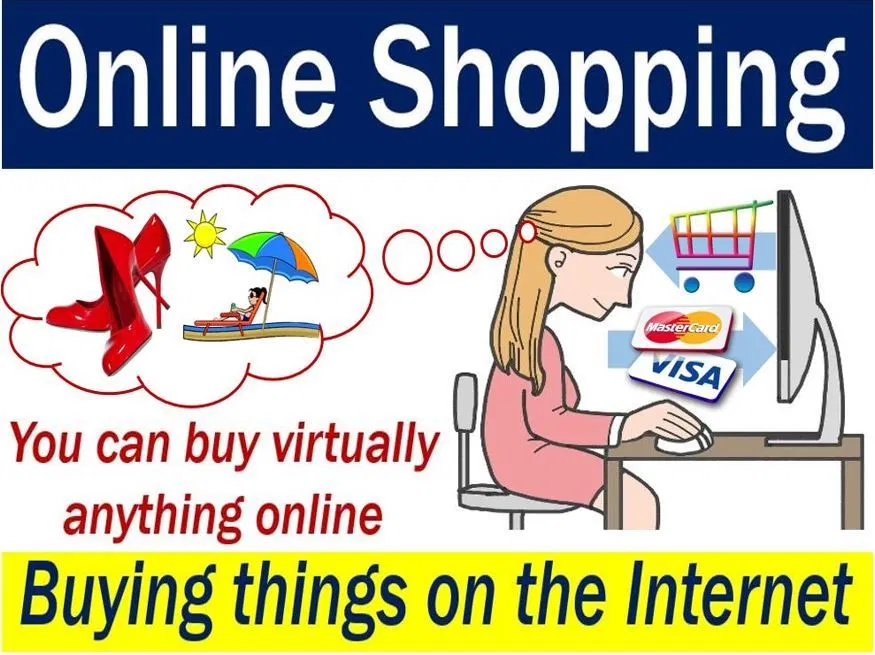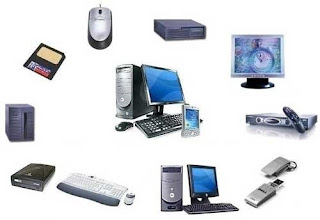Online Shopping and Fuure of Online Shopping
Online Shopping
Online shopping, is an e-commerce activity which involves purchasing items on a seller’s website via credit or debit card, and having the item delivered to your home. Online shopping also involves searching for items online via web searches and by conducting online research. Online shopping is only one aspect of what we know as e-commerce, states Candice Cunningham.
With online shopping, customers purchase items from anywhere in the world via a digital platform. Access to a global marketplace is the best benefit of online shopping. Online shopping is also great for those who want to avoid stores and long line ups, and for those who are too busy to shop in traditional brick and mortar retail stores. Once you order a product online, it then is shipped to your home in as little as 24 hours. Many retailers are beginning to move more of their stock to being online only. Amazon, one of the largest businesses in the world, is only online.
Future of Online Shopping: Evolving E-Commerce Trends
The growth of e-commerce has not only changed the way customers shop, but also their expectations of how brands approach customer service, personalize communications, and provide customers choices.
The future of online shopping depends on savvy professionals who can create a personalized, engaging virtual shopping experience for consumers. Those entering a career in business administration must adopt the latest digital technologies and tools — such as data analytics, machine learning, and mobile trends — to meet the demands of today’s online shopper.
Online shopping – paying
When it is time to pay, the retailer will ask for your card details. They will require the name on the card, the long 16-digit number, the expiry date, and a 3-digit number at the back. You may also need to provide details of the card’s billing address.
When giving your card details, make sure their web address starts with ‘HTTPS’ and NOT ‘HTTP.’ A web address that starts with HTTPS’ means it is a secure page, and suitable for handling payments.
Online shopping is great for buying things that are identical. For example, printer toner, toilet paper, or windshield liquid for your car are items that do not vary. However, fruit and vegetables are different. They may be overripe or not ripe enough.
Most retailers allow you to send back goods. In fact, in some countries, you get a ‘grace period.’ This means that the law allows you to send back goods within a certain period.
Therefore, online shopping is also good for items that you need to try on, such as shoes or clothes. Because you can send them back.
How Online Sales Impact the Local Economy: The Good and the Bad
Consider these online shopping statistics:
- More than 75 percent of consumers shop online at least once a month.
- Between 4 and 10 percent of retail sales happen online.
- During the 2018 holiday season, $126 billion was spent on online purchases in this country.
All of these purchases are purchases that are not being made in a brick and mortar store. And that means that all of these purchases are having a measurable impact on the local economy. Is this impact bad news for local business. Perhaps the biggest negative impact that online sales have on the economy is that they reduce the amount of sales tax the state collects and other local taxes that towns and counties collect.
Not every online retailer charges the appropriate sales tax or other local taxes for items customers buy from their online stores.



Comments
Post a Comment